



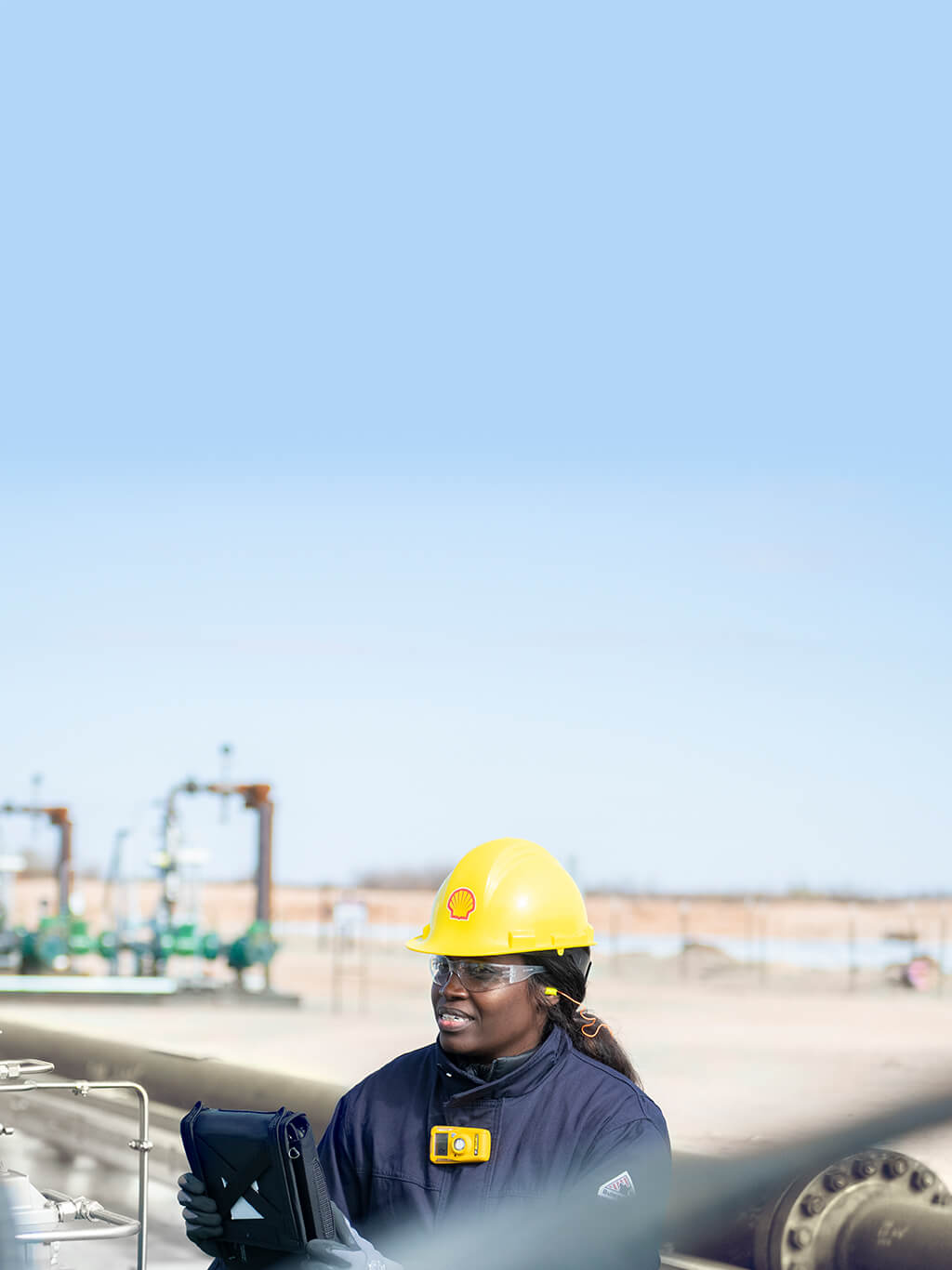

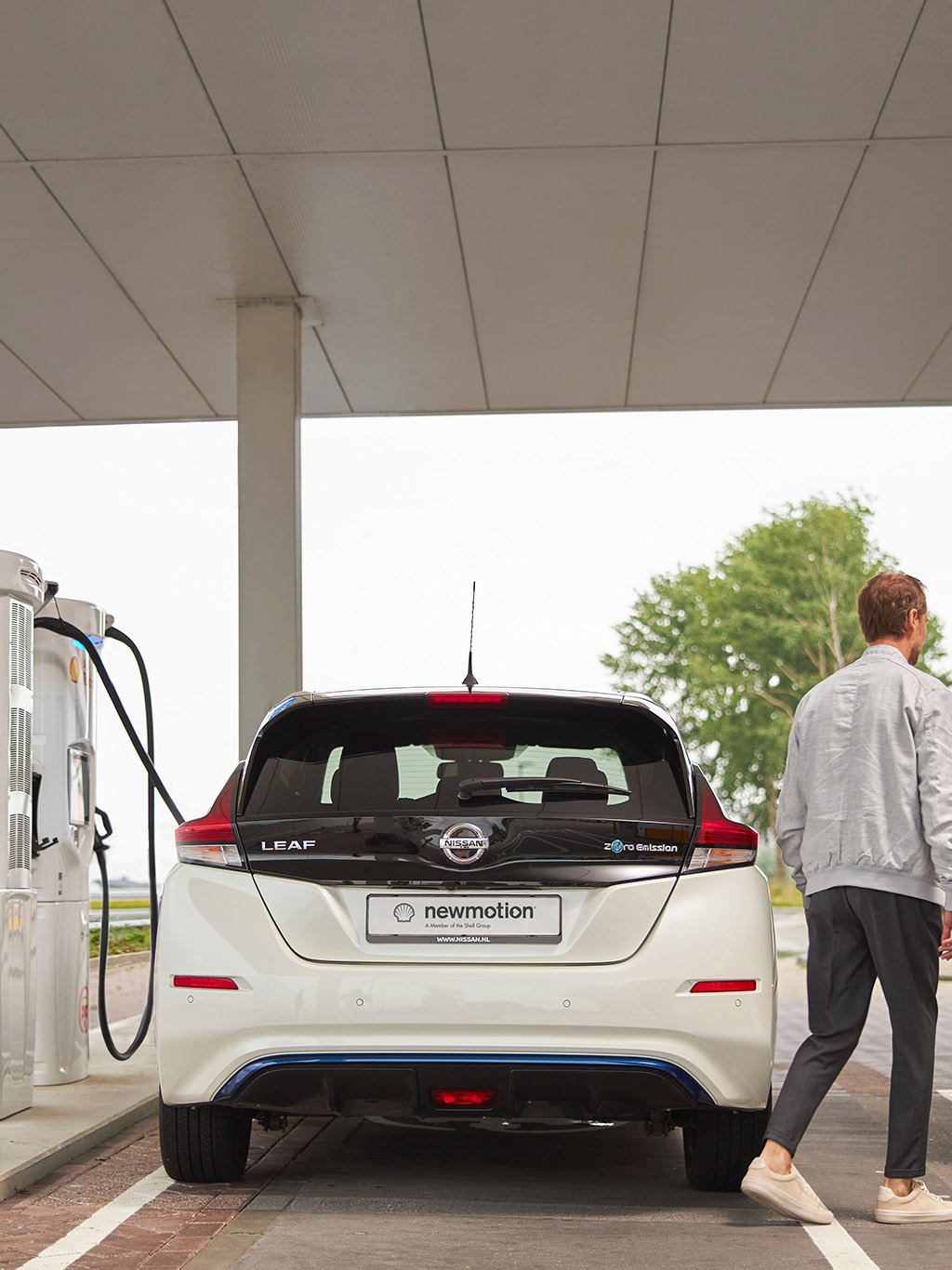
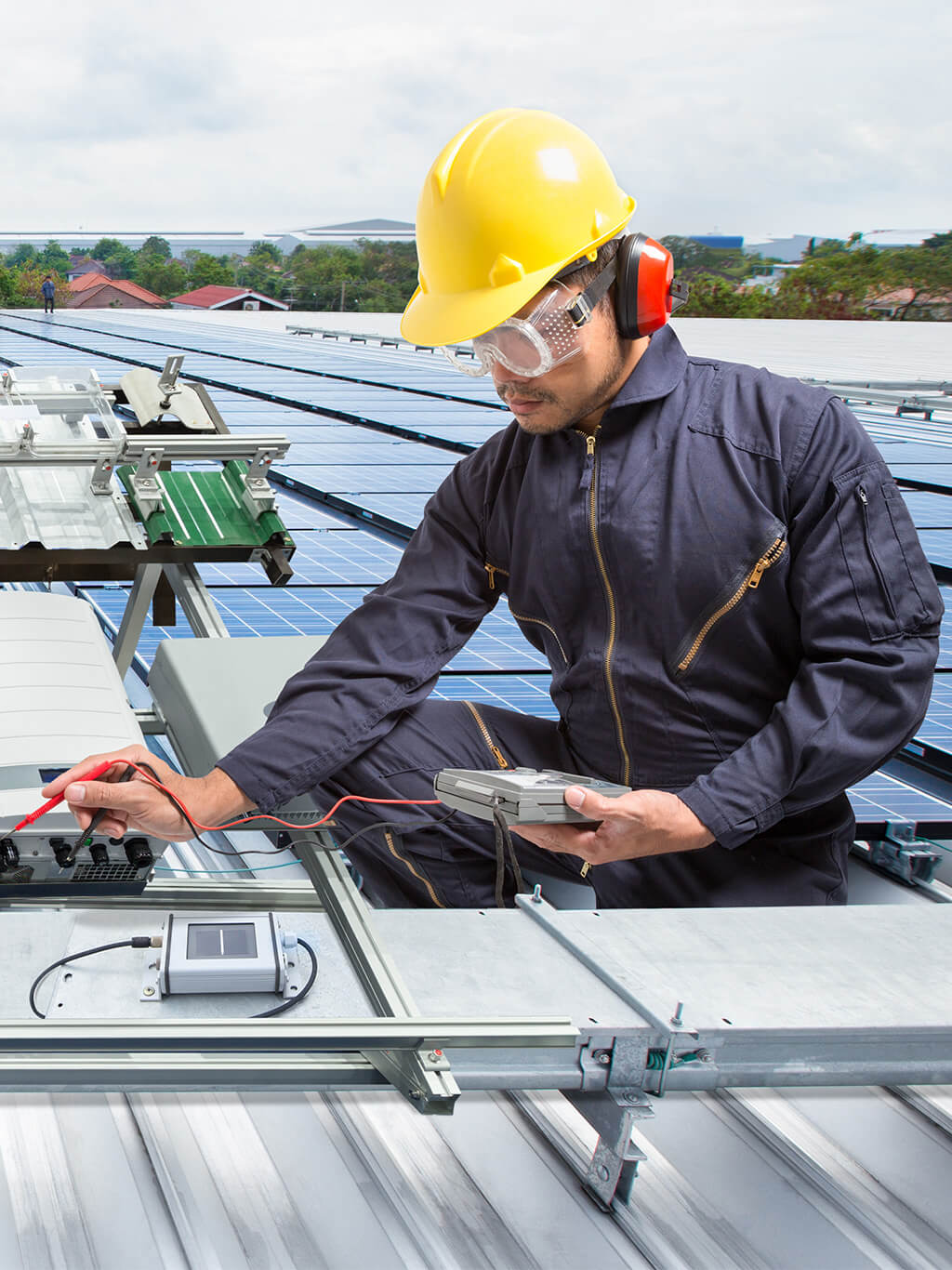
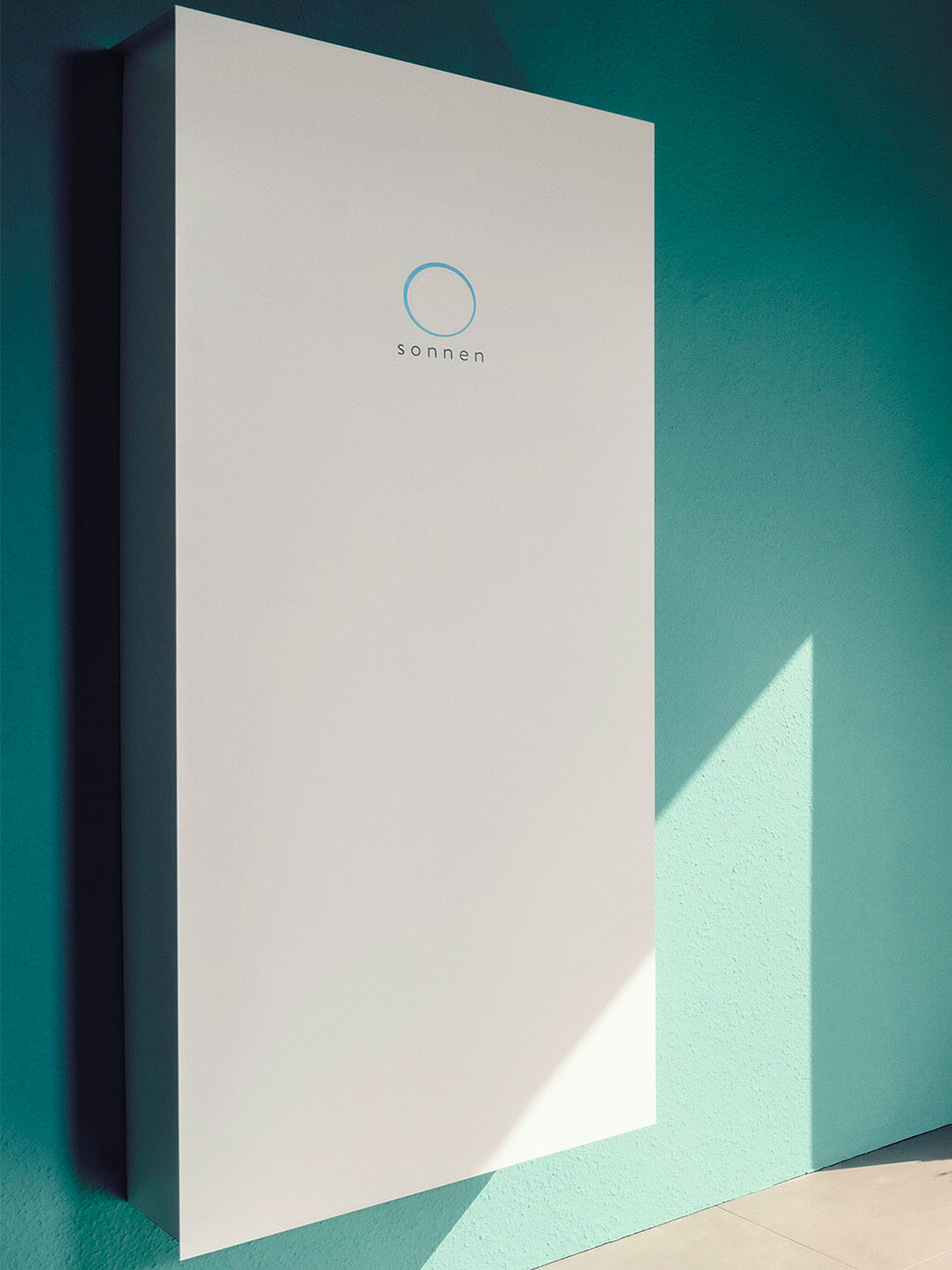

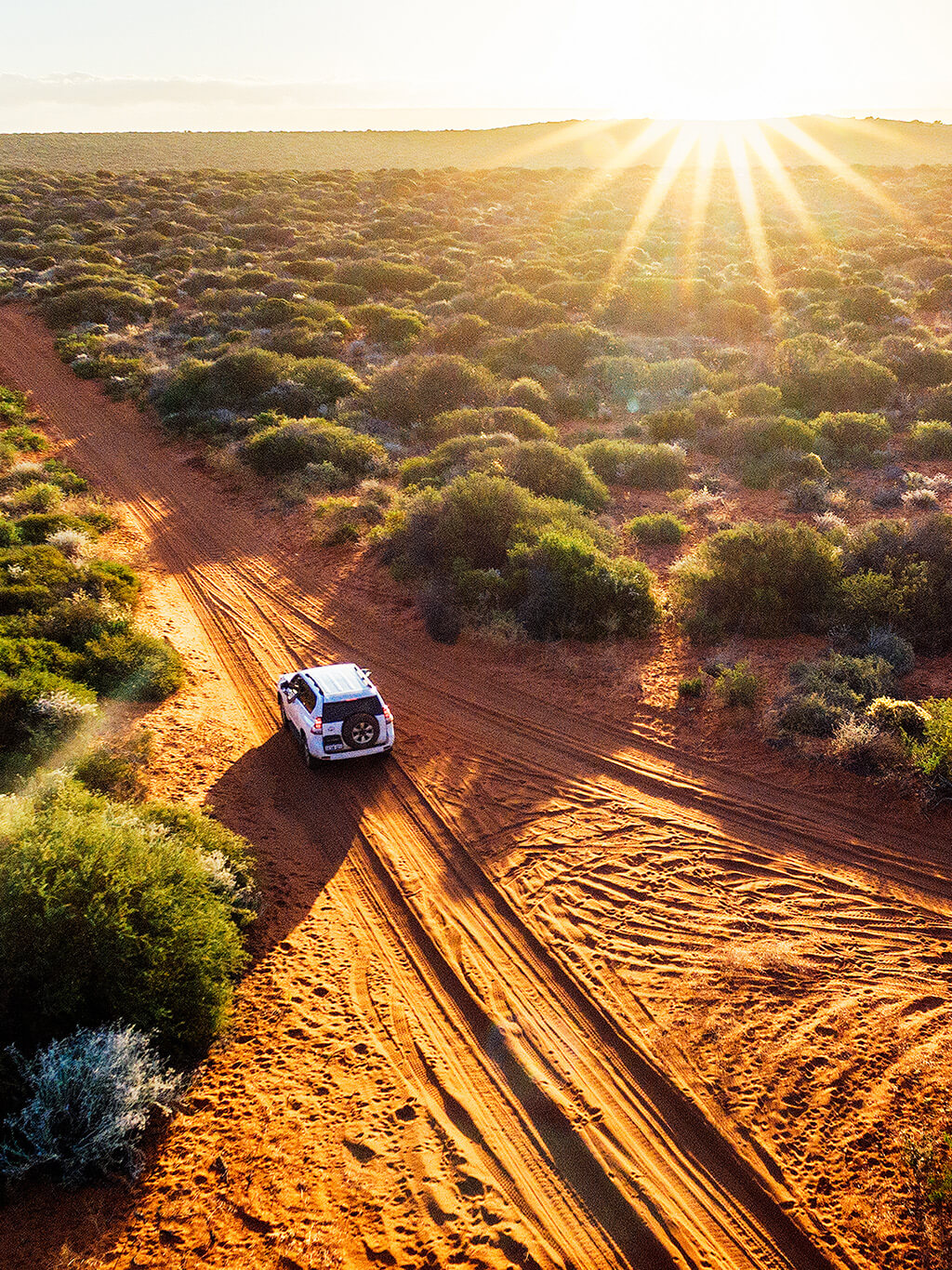
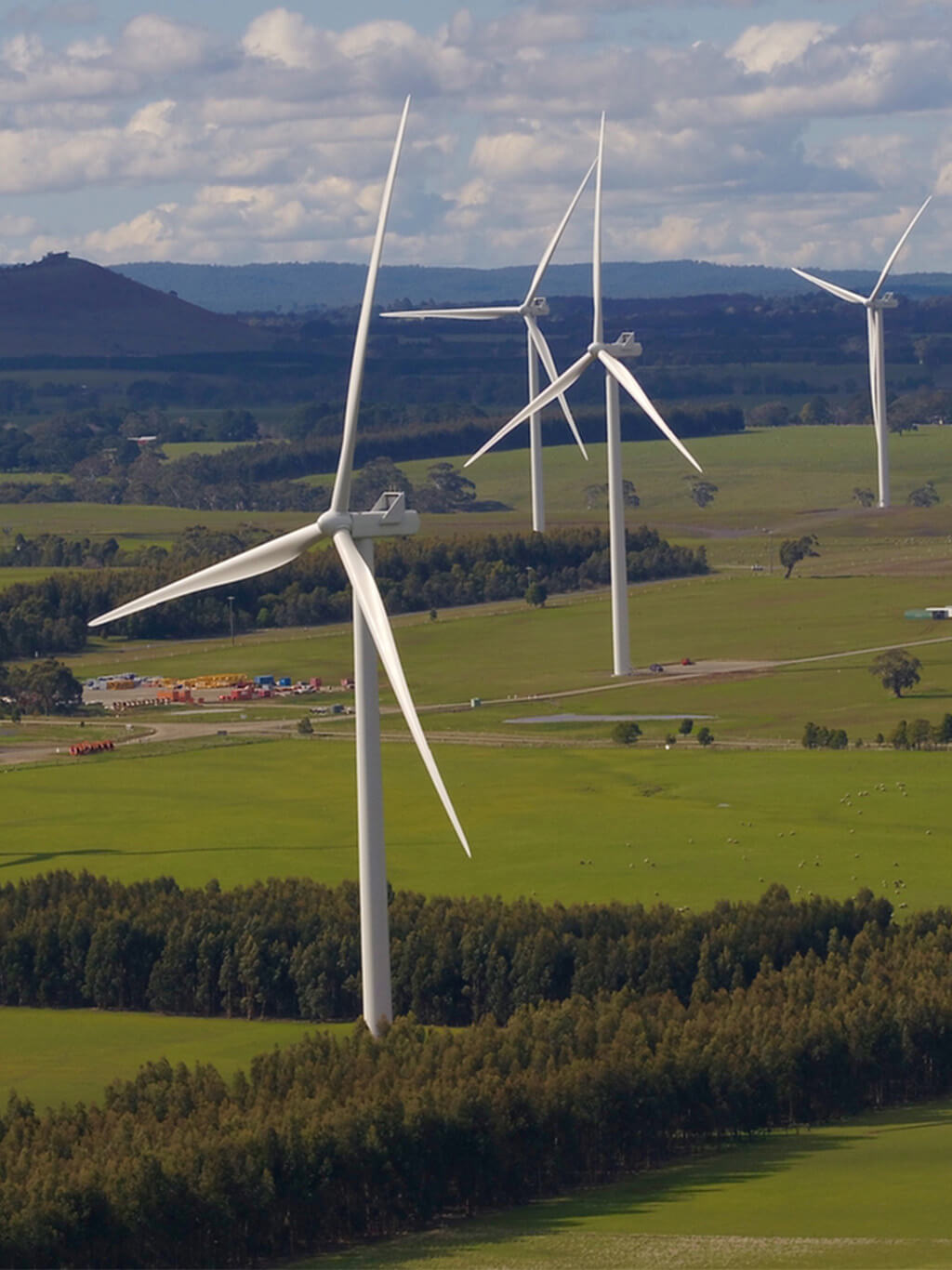

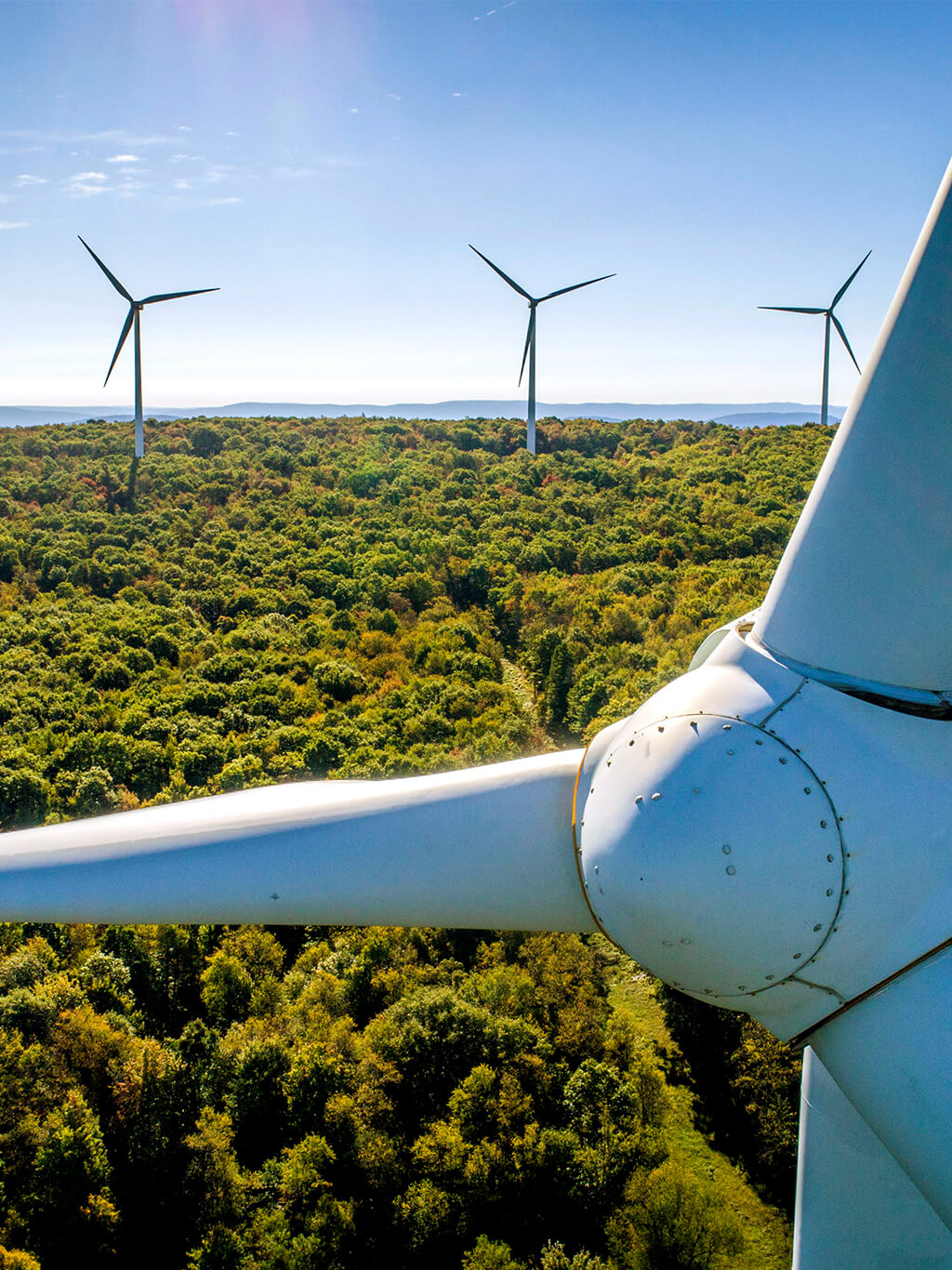




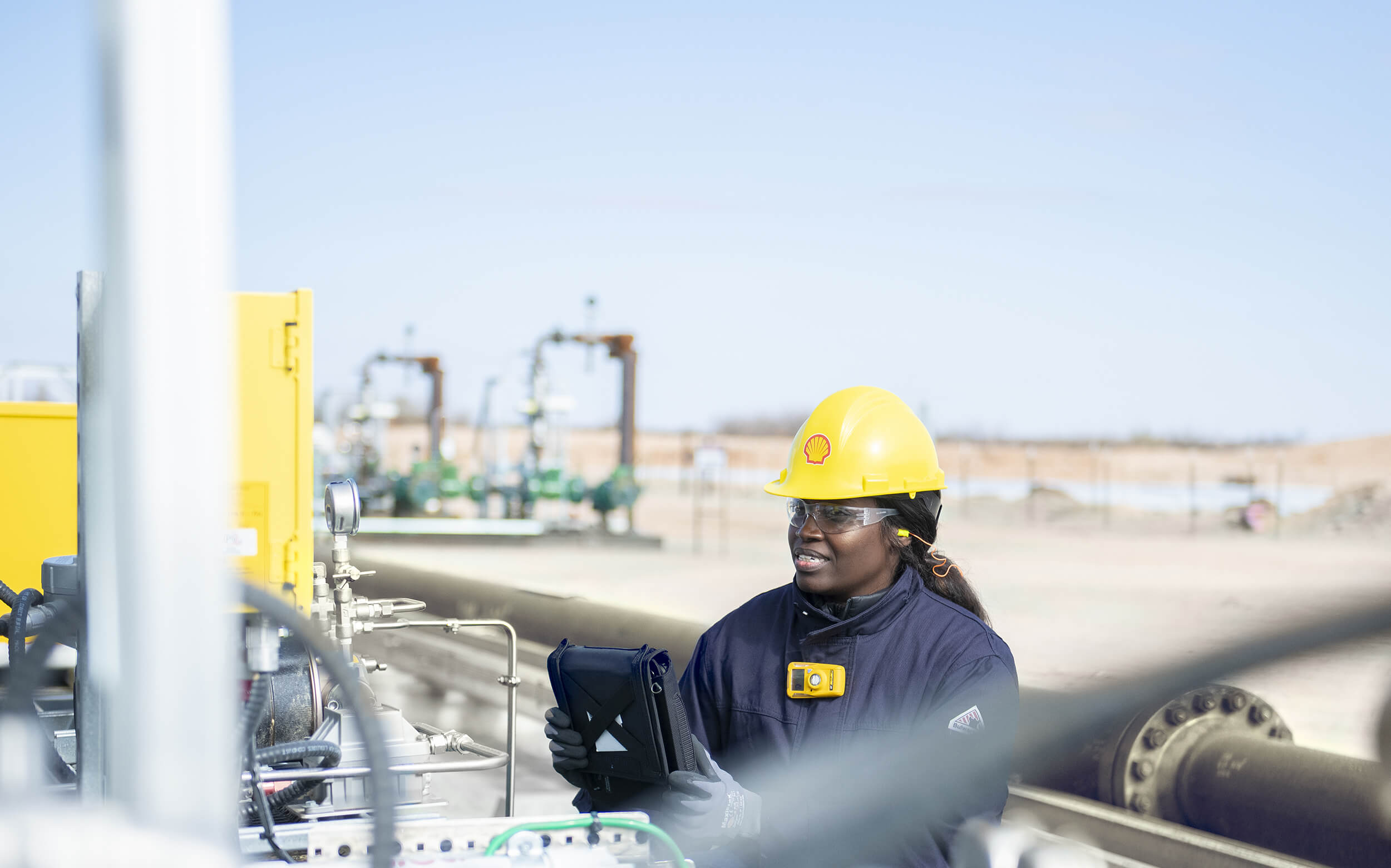

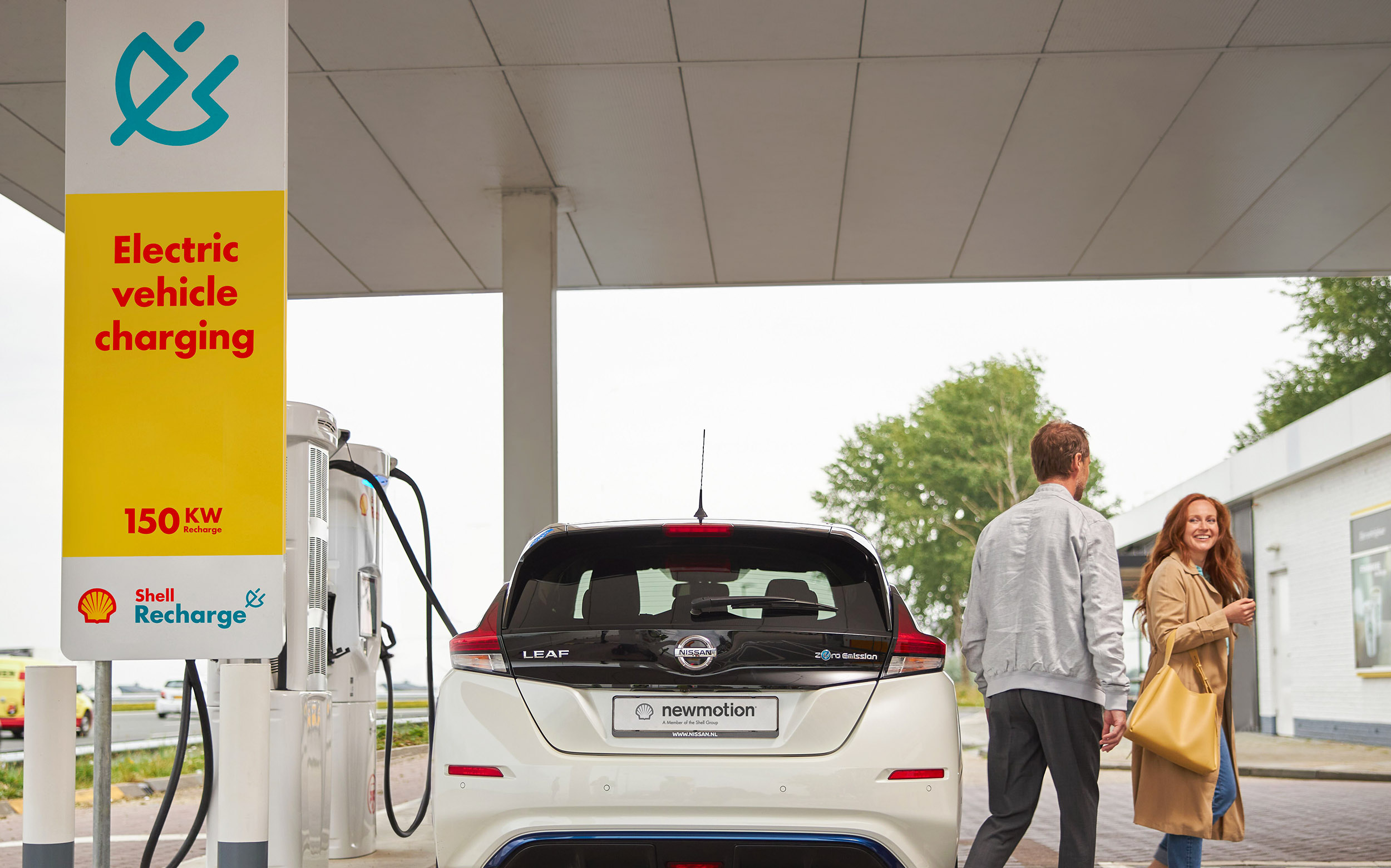

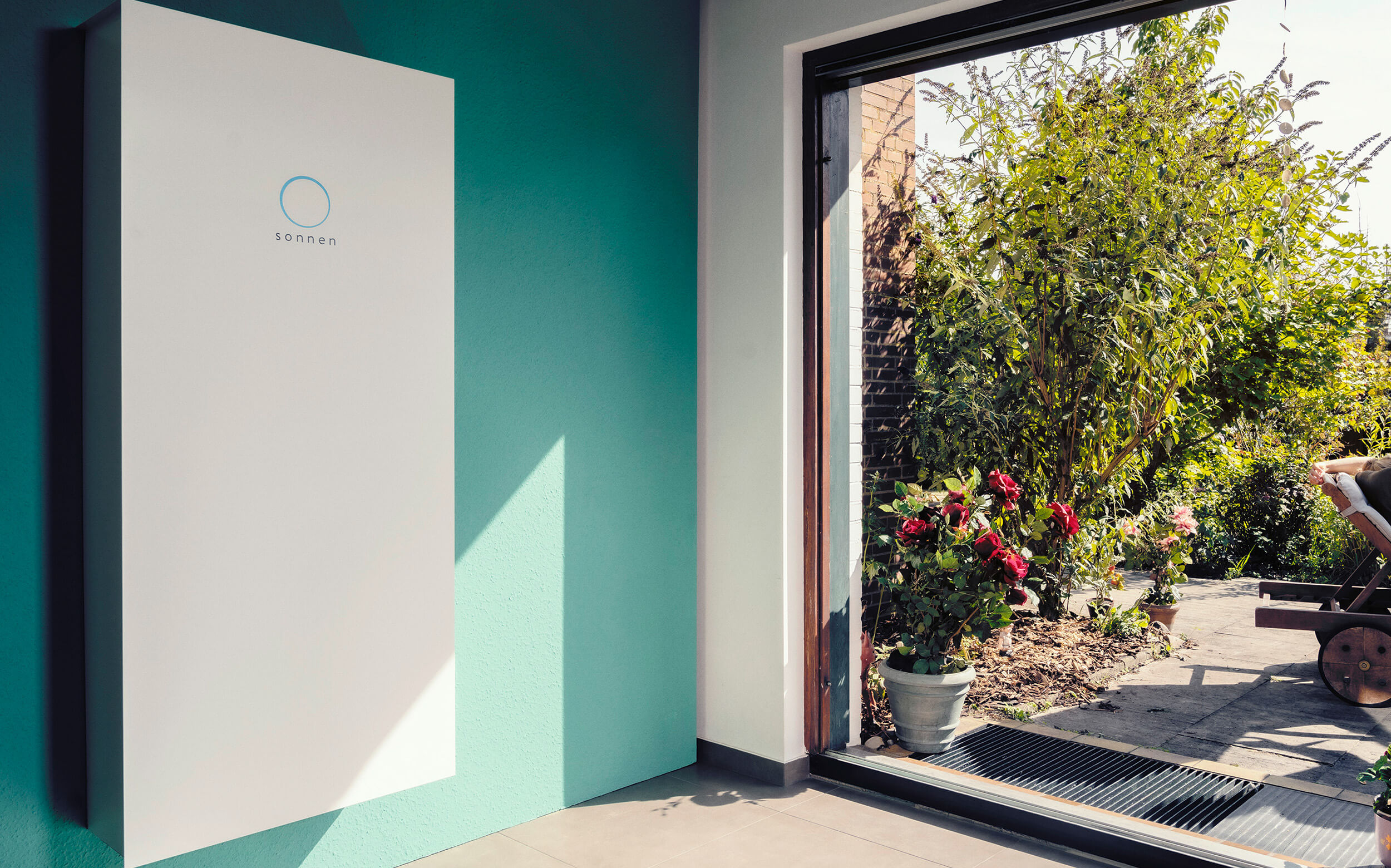
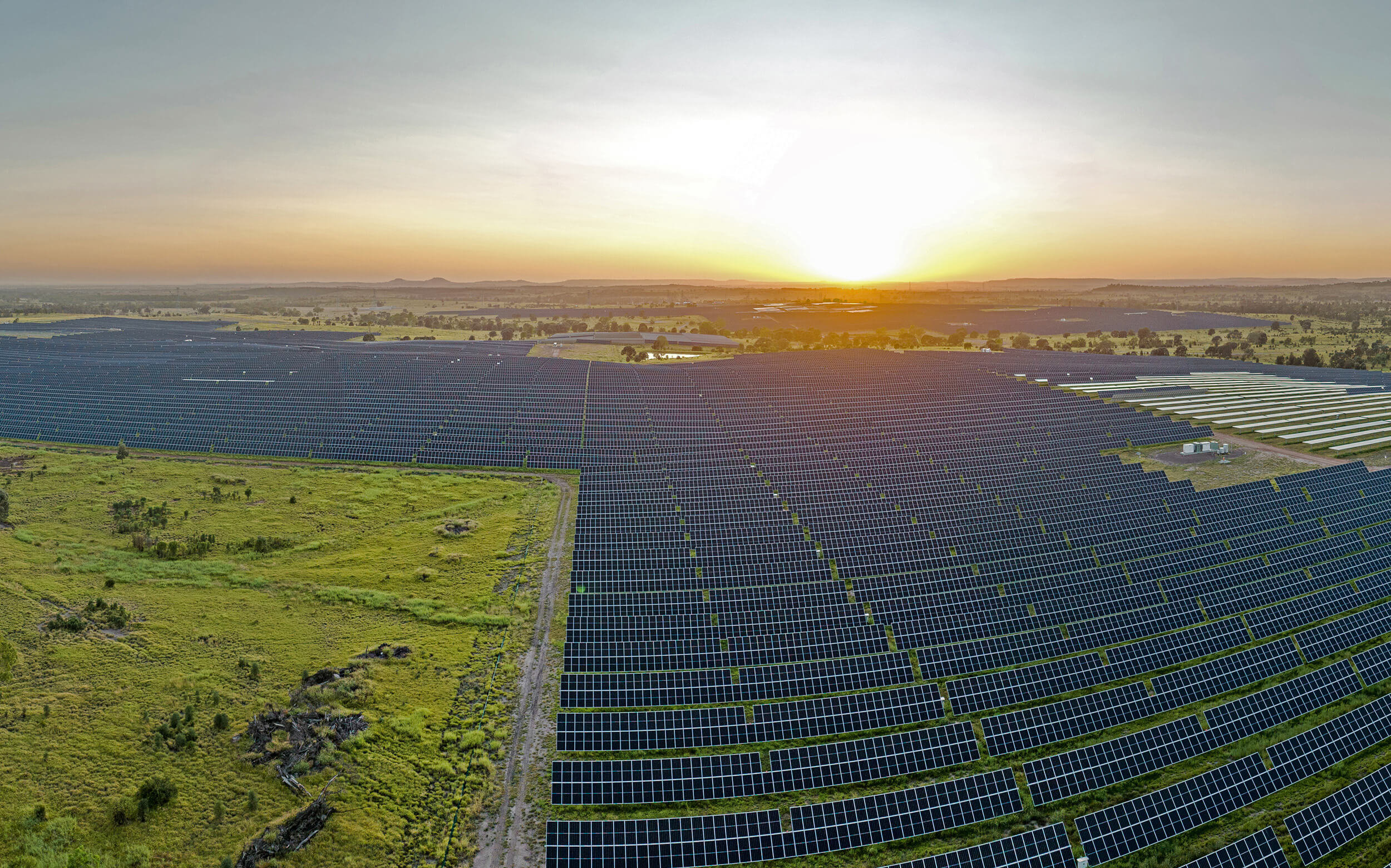
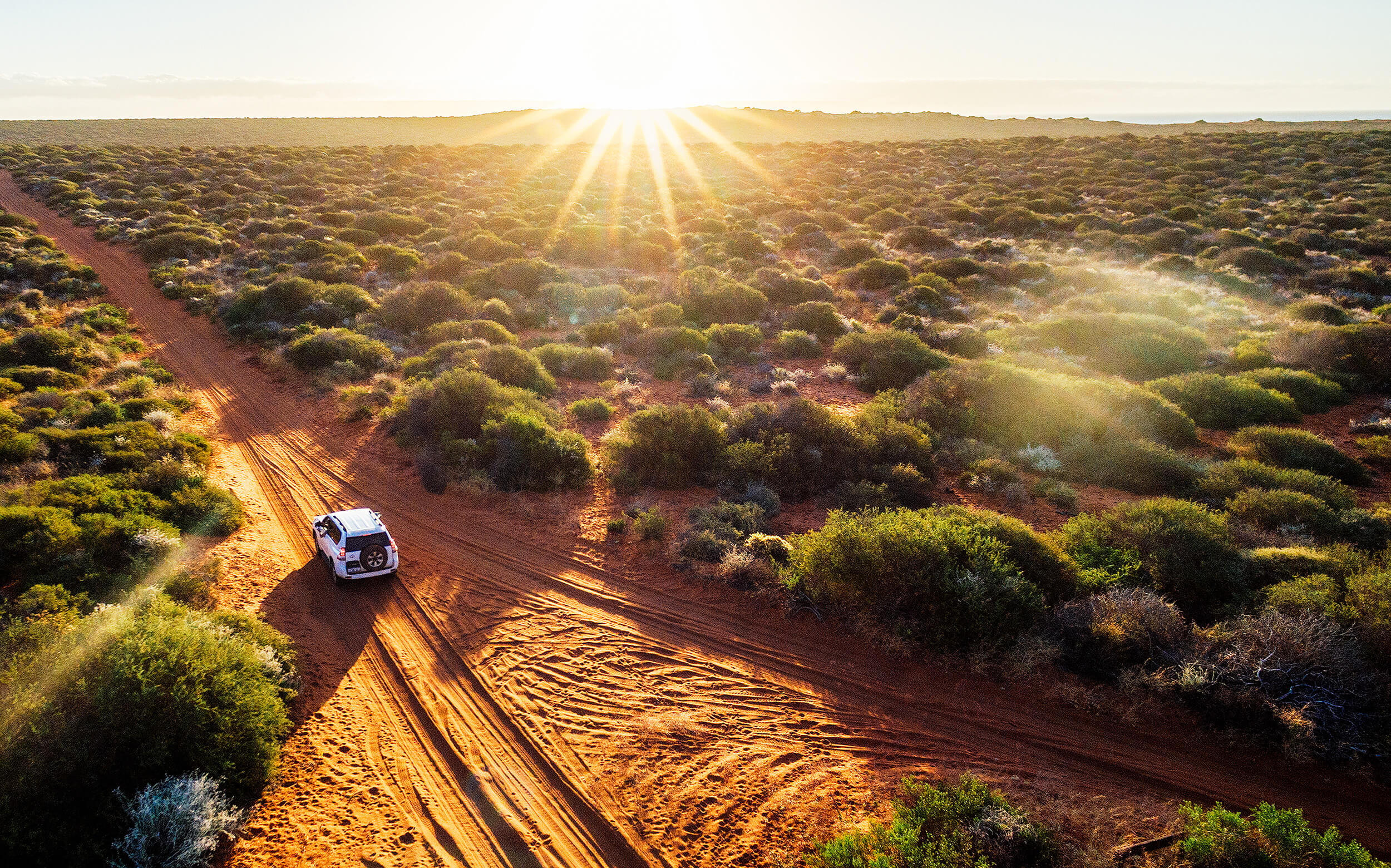
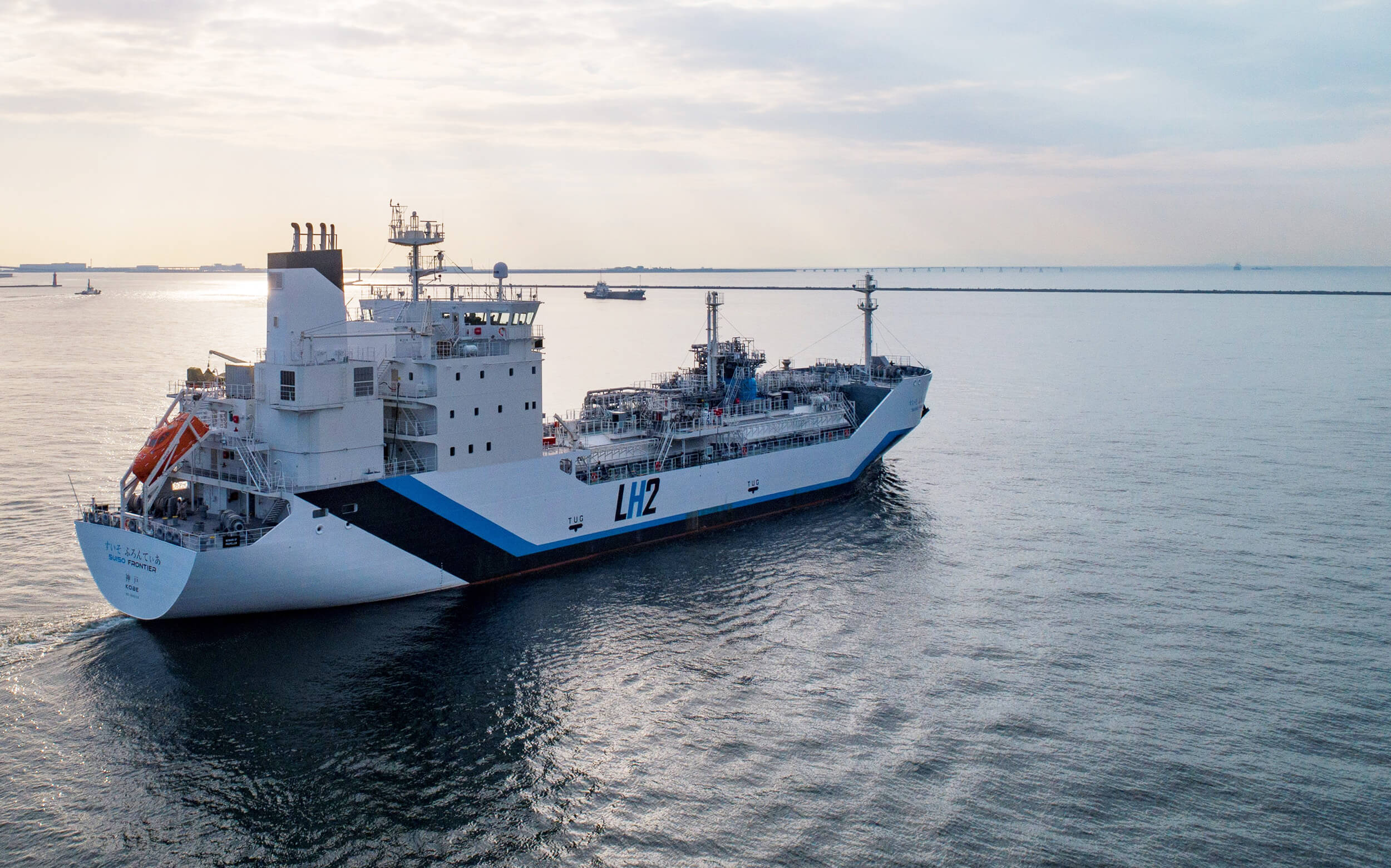
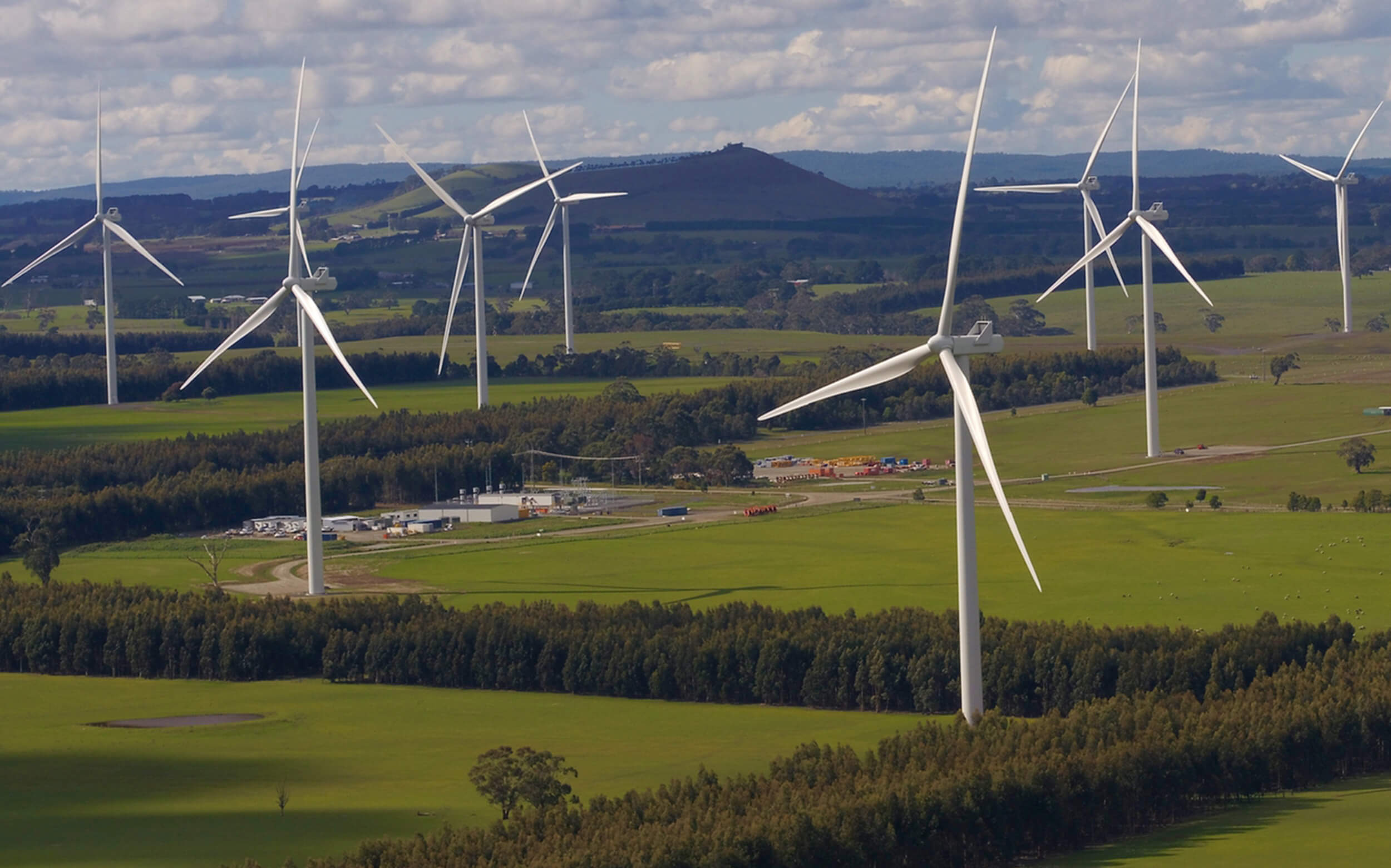


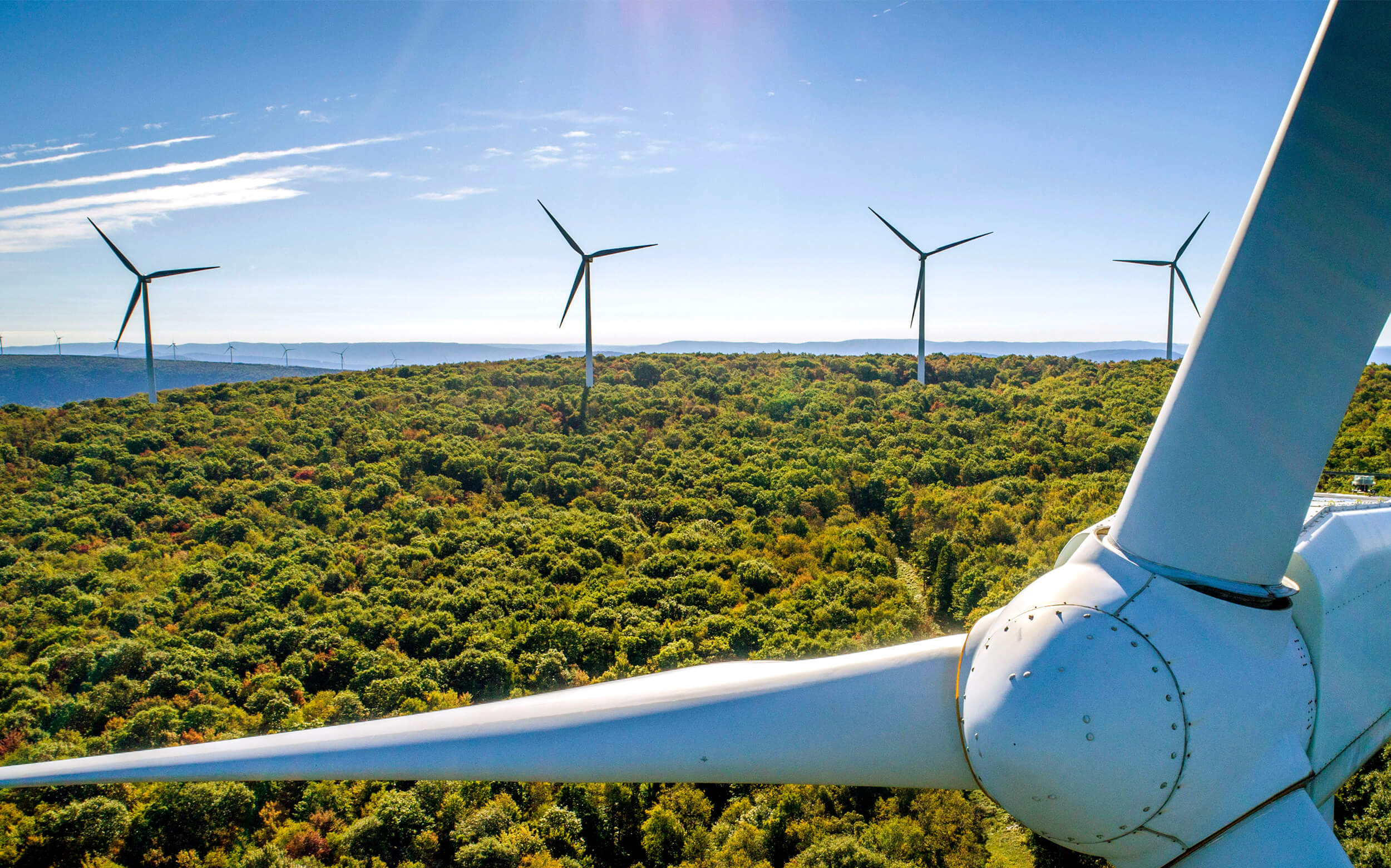




Tackling climate change
With this target, we will contribute to a net-zero world, where society stops adding to the total amount of greenhouse gases (GHGs) in the atmosphere.
This supports the more ambitious goal to tackle climate change laid out in the Paris Agreement: to limit the rise in average global temperature to 1.5°Celsius.
In order to become a net-zero emissions energy business, we are reducing emissions from our own operations, and from the fuels and other energy products we sell to our customers.
We are providing more low-carbon energy such as charging for electric vehicles, hydrogen and electricity generated by solar and wind power, as well as using technology to safely capture and store carbon emissions. For remaining emissions, we offer high-quality carbon credits including from nature-based projects.
We are also working with our customers as they make changes too, including in sectors that are difficult to decarbonise such as aviation, shipping, road freight and industry.
To help step up the pace of change, in October 2021, we set a target to reduce absolute emissions by 50% by 2030, compared to 2016 levels1. This covers all emissions in Scope 1, which come directly from our operations, and in Scope 2, from the energy we buy to run our operations.2
Watch how Shell is accelerating to net zero
Download Scope Emissions video transcript (DOC 0.1MB)
1Calculated on a net basis, which allows for the use of carbon capture and storage as well as nature-based solutions
2Under our operational control




Our approach
We believe our emissions peaked in 2018 and we will continue working to bring them down.
We will reduce emissions from our own operations, including the production of oil and gas, for example by increasing energy efficiency, as well as capturing or offsetting any remaining emissions.
Emissions from our own operations make up less than 10% of our total emissions.
Customers' emissions from the use of the energy we sell generates most emissions, so we must also help our customers cut their emissions when they use that energy. Importantly, our target includes emissions not only from the energy we produce and process ourselves, but also from all the energy products that others produce and we sell to our customers3.
3 Sales from retail stations that use the Shell brand but are not operated or supplied by Shell are excluded from our target



We play three roles
We are an energy provider
Becoming a net-zero emissions business means offering customers more low-carbon products, from renewable electricity, to charging for electric vehicles and hydrogen. We aim to reduce the carbon intensity of the energy products we sell by 100% by 20504. Carbon intensity is the total amount of greenhouse gas emissions associated with each unit of energy we sell, and which is used by our customers. This includes the emissions associated with the production, processing, transport and end-use of our energy products.
4Compared to 2016 levels.




What are we already doing?
At Shell we are already changing as an energy provider, an energy user and a partner for change.



Low-carbon solutions for businesses and homes
Shell is building an integrated power business in Australia that includes low-carbon products and services, which can help customers decarbonise their energy use.
Shell Energy delivers business energy solutions and innovation across a portfolio of electricity, gas, environmental products and energy productivity for commercial and industrial customers. Our residential energy retailing business, Powershop, serves households and small business customers across Victoria, New South Wales, South Australia and South East Queensland.
Shell Energy


Home battery storage solutions
sonnen is a Shell-owned company that provides integrated battery storage systems to households and small businesses with rooftop solar panels. Owners of sonnen batteries can share their surplus energy with each other in a smart, optimised way. Sonnen has also launched the sonnenBatterie Evo, which is an outdoor home battery solution developed specifically for Australia and New Zealand.
sonnenBatterie


Powered by the sun
The Gangarri Solar Project is a 120 Megawatt (MW) solar development, located on approximately 446 hectares in the Western Downs region of Queensland. The solar project is currently being commissioned. Once fully operational, it will have capacity to generate enough energy to power the equivalent of over 50,000 homes. Shell also has a 49% stake in ESCO Pacific, a utility scale renewable energy developer and asset manager that has delivered over 800MW of power to the Australian market.
The Gangarri Solar Project
Nature-based solutions
Nature-based solutions are projects which protect, transform or restore land. In this way, nature absorbs more CO2 emissions from the atmosphere. These projects can lead to the marketing, trading and sale of carbon credits. A credit represents the avoidance or removal of greenhouse gases equivalent to 1 tonne of CO2.
Select Carbon, a Shell-owned company, has experience in developing, monitoring and reporting on a broad range of carbon sequestration projects which are currently participating in the Australian Government's Emissions Reduction Fund and other carbon offset markets. These projects encompass millions of hectares, Australia-wide.
Shell also has an 800-hectare regeneration project of endangered native forest in the Brigalow ecological community in Queensland.
Nature-based solutions
Developing wind
In Australia, Shell has a 49% stake in wind farm developer, WestWind Energy Development. WestWind has delivered 670MW of wind projects and has a 3GW pipeline of projects and capacity.
Shell also has a 50% share of Kondinin Energy, which – pending a Final Investment Decision – will be Shell’s first renewables development in Western Australia. Approvals are in place and land access is available for a wind development, which would generate approximately 230MW, across two stages. Stages three and four of the project include a 80MW solar farm and 60MW Battery Energy Storge System.
Our wind projects



Developing hydrogen
Shell is part of the Hydrogen Energy Supply Chain Pilot Project (HySTRA) between Australia and Japan. The project involved designing and constructing the world’s first liquefied hydrogen carrier, Suiso Frontier, to demonstrate hydrogen liquefaction technology, long-distance transportation of mass liquefied hydrogen and liquefied hydrogen loading and unloading technologies. Shell provided technical assurance support for the ship and terminal design. Shell also operated Suiso Frontier on her maiden voyage from Kobe in Japan to Hastings in Victoria, where she was loaded with liquefied hydrogen, before steering her return journey to Kobe.
Shell HydrogenSee more examples at


 first
first  then
then  finally
finally